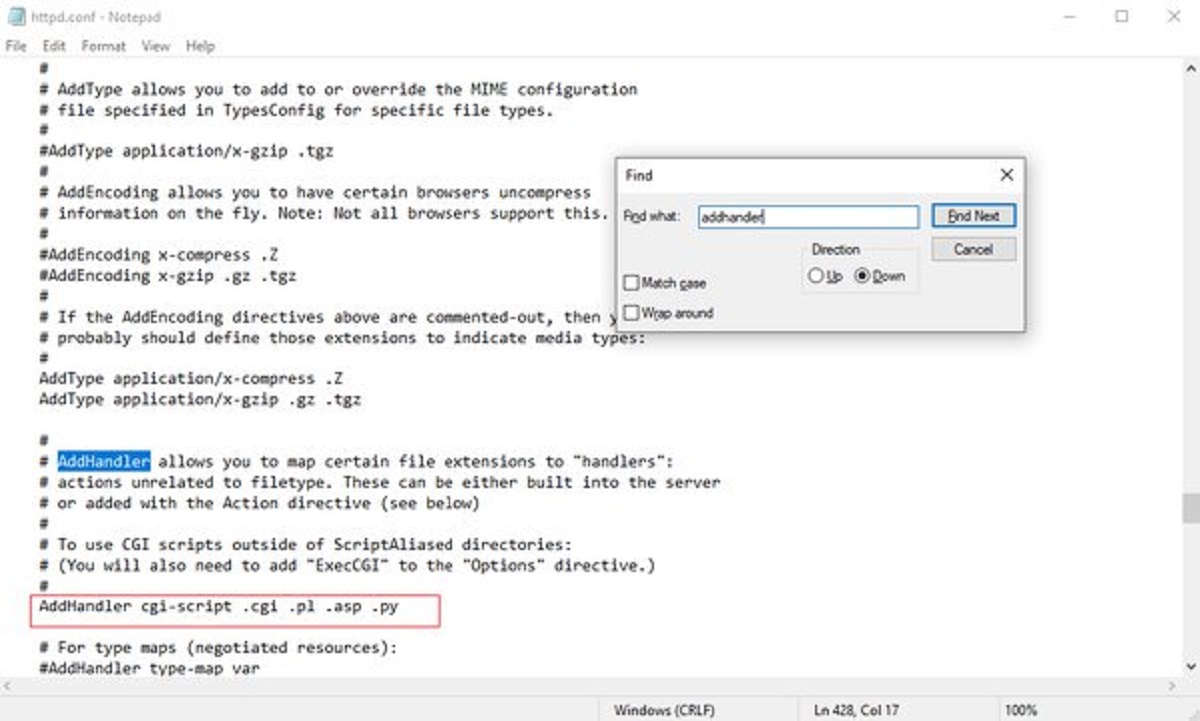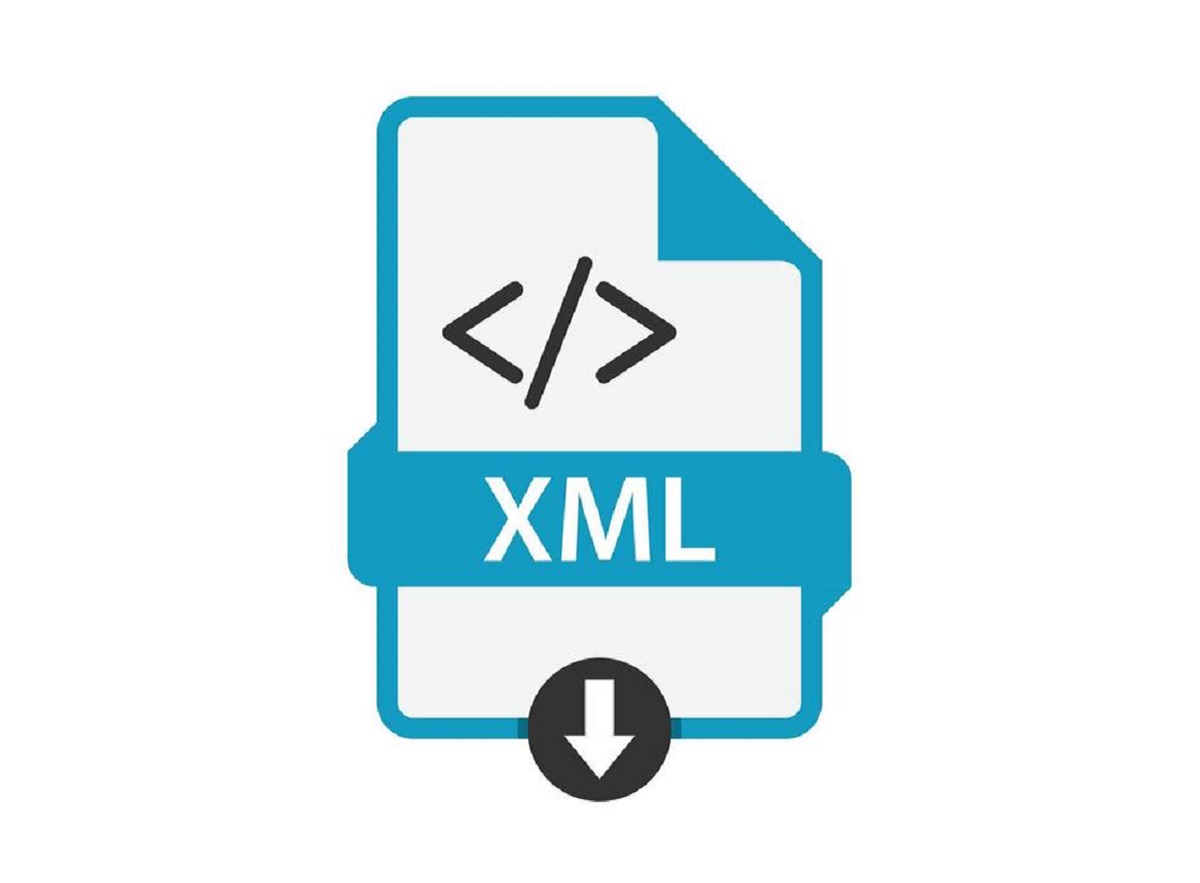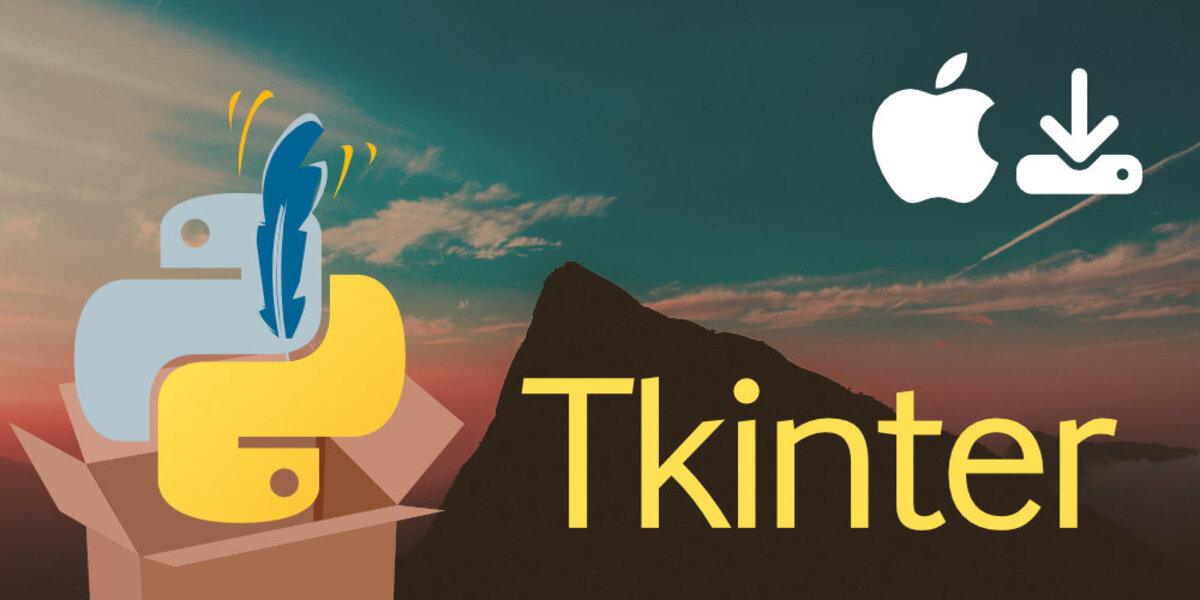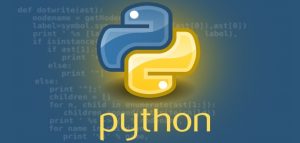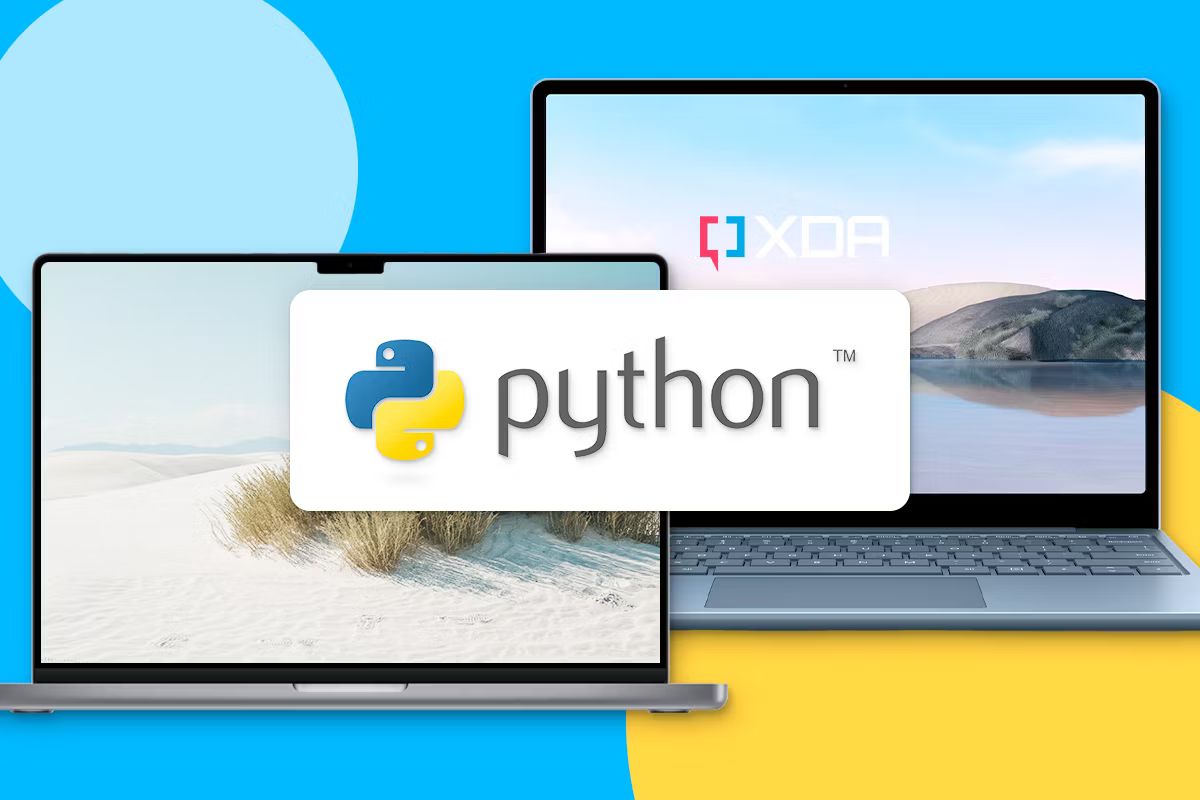Introduction
Creating a web browser from scratch can be an exciting and rewarding endeavor for Python enthusiasts. In this article, we will explore the process of building a basic web browser using Python. By leveraging Python's versatility and powerful libraries, we can craft a functional web browser that showcases the fundamental principles of web browsing.
Building a web browser in Python provides a hands-on opportunity to delve into the intricacies of web technologies and user interface design. It allows us to gain a deeper understanding of how web browsers operate and how they interact with the internet to retrieve and render web content.
Throughout this tutorial, we will embark on a journey to construct a simple yet functional web browser using Python. We will start by setting up the development environment, selecting the necessary libraries, and creating a user interface that mimics the familiar layout of traditional web browsers. Subsequently, we will delve into the implementation of web browsing functionality, enabling our Python-based browser to fetch and display web pages.
As we progress, we will also explore the potential for adding additional features to our web browser, such as tabbed browsing, bookmarks, and basic navigation controls. By the end of this tutorial, you will have gained valuable insights into the inner workings of web browsers and acquired the foundational knowledge to expand and customize your Python web browser according to your preferences.
So, let's embark on this exciting journey of crafting a web browser in Python, where we will unravel the magic behind web browsing and empower ourselves with the skills to create a personalized web browsing experience.
Setting Up the Environment
Before diving into the development of our Python-based web browser, it is crucial to set up the appropriate environment and gather the necessary tools and libraries. The environment setup lays the foundation for a seamless and efficient development process, enabling us to harness the full potential of Python for web browsing functionality.
Selecting the Python Environment
To begin, we need to ensure that Python is installed on our system. We can opt for the latest version of Python to leverage its enhanced features and performance improvements. The official Python website provides comprehensive installation instructions for various operating systems, making it convenient to set up Python on Windows, macOS, or Linux.
Choosing the Essential Libraries
Python offers a myriad of libraries that can facilitate web browsing capabilities. Two fundamental libraries that we will utilize are PyQt5 and PyQtWebEngine. PyQt5 provides a powerful framework for creating graphical user interfaces, while PyQtWebEngine enables the integration of a web engine component into our Python application. These libraries empower us to construct a user-friendly interface and embed web browsing functionality seamlessly.
Installing PyQt5 and PyQtWebEngine
Once Python is installed, we can proceed to install PyQt5 and PyQtWebEngine using the pip package manager. By executing simple commands in the terminal or command prompt, we can swiftly acquire these libraries and their dependencies, ensuring that our development environment is equipped with the essential tools for building a web browser.
Setting Up the Integrated Development Environment (IDE)
To streamline the development process, we can opt for a feature-rich integrated development environment such as PyCharm, Visual Studio Code, or Spyder. These IDEs offer robust code editing, debugging, and project management capabilities, enhancing our productivity as we embark on the journey of creating a Python web browser.
By meticulously setting up the environment and harnessing the power of Python and its associated libraries, we establish a solid groundwork for crafting a functional web browser. With the environment in place, we are poised to delve into the captivating realm of user interface design and web browsing implementation, paving the way for an enriching and enlightening development experience.
Creating the User Interface
The user interface of a web browser plays a pivotal role in delivering a seamless and intuitive browsing experience. In the context of our Python-based web browser, creating a visually appealing and functional user interface is essential to engage users and provide them with a familiar browsing environment.
Designing the Main Window
We commence the process by designing the main window of our web browser using PyQt5, a robust GUI toolkit. The main window serves as the canvas where we will integrate various components such as the address bar, navigation buttons, and the web page display area. By leveraging PyQt5's layout management capabilities, we can arrange these elements in a cohesive and aesthetically pleasing manner.
Implementing the Address Bar
The address bar, also known as the URL bar, is a fundamental component of any web browser. It enables users to enter the web addresses of their desired destinations. In our Python web browser, we will incorporate an address bar that allows users to input URLs and initiate web page retrieval.
Integrating Navigation Controls
To facilitate seamless navigation through web pages, we will integrate navigation controls such as back, forward, refresh, and stop buttons. These controls empower users to traverse their browsing history, reload web pages, and halt ongoing page loads, enhancing the overall browsing experience.
Embedding the Web Page Display Area
The web page display area forms the core of the user interface, serving as the canvas where fetched web content is rendered. Through PyQtWebEngine, we can seamlessly embed a web engine component within our Python application, enabling the display of web pages with full interactivity and multimedia support.
Styling and Theming
Incorporating visually appealing styles and themes enhances the aesthetic appeal of our web browser. By leveraging PyQt5's styling capabilities, we can customize the appearance of the user interface to align with modern design trends and user preferences, fostering a visually captivating browsing environment.
By meticulously crafting the user interface of our Python web browser, we lay the groundwork for a compelling and user-centric browsing experience. The seamless integration of essential components and the emphasis on visual appeal culminate in a user interface that resonates with modern web browsing standards, setting the stage for the implementation of robust web browsing functionality.
Implementing Web Browsing Functionality
With the user interface in place, the next crucial phase of developing our Python-based web browser involves implementing the core web browsing functionality. This pivotal aspect enables our browser to retrieve web content from the internet and render it seamlessly within the application, thereby providing users with a cohesive and immersive browsing experience.
Handling Web Page Requests
To initiate web page retrieval, we leverage the capabilities of PyQtWebEngine to manage web requests and responses. By harnessing the web engine component, we can seamlessly handle URL requests, initiate HTTP connections, and retrieve the corresponding web content, laying the foundation for seamless web browsing within our Python application.
Rendering Web Pages
Upon fetching web content, the web engine component seamlessly renders the web pages within the designated display area of our browser's user interface. This rendering process encompasses the display of text, images, multimedia elements, and interactive web components, ensuring that users can explore web content with full fidelity and interactivity.
Managing Navigation and History
Implementing navigation functionality empowers users to traverse through their browsing history, revisit previously accessed web pages, and navigate forward and backward within their browsing sessions. By integrating navigation controls with the underlying web engine, we provide users with intuitive mechanisms to explore web content and manage their browsing journeys effortlessly.
Handling Hyperlinks and Redirects
Our Python web browser adeptly handles hyperlinks embedded within web pages, enabling users to seamlessly navigate to linked content with a single click. Additionally, the browser gracefully manages URL redirects, ensuring that users are seamlessly directed to the intended web destinations without encountering disruptions or inconsistencies in their browsing experiences.
Enabling User Interaction
The implementation of web browsing functionality encompasses enabling user interaction with web pages, including form submissions, button clicks, and other interactive elements. By seamlessly integrating user input with the underlying web engine, our Python web browser fosters a dynamic and engaging browsing environment, empowering users to interact with web content effortlessly.
By meticulously implementing web browsing functionality, we elevate our Python-based web browser to a fully functional and immersive platform for exploring web content. The seamless integration of web retrieval, rendering, navigation controls, and user interaction capabilities culminates in a cohesive and enriching browsing experience, setting the stage for further enhancements and customization to cater to diverse user preferences.
Adding Additional Features
As we continue to enrich the capabilities of our Python-based web browser, the integration of additional features enhances its functionality and user appeal. These supplementary elements elevate the browsing experience, empowering users with enhanced control, convenience, and customization options.
Tabbed Browsing
Introducing tabbed browsing functionality enables users to manage multiple web pages within a single browser window. By implementing a tabbed interface, users can effortlessly switch between open web pages, organize their browsing sessions, and multitask with unparalleled ease. This feature enhances productivity and streamlines the navigation of diverse web content, fostering a seamless and efficient browsing experience.
Bookmarks and History Management
Enabling users to bookmark their favorite web pages and manage their browsing history fosters personalized and efficient web exploration. By incorporating bookmarking capabilities, users can save and revisit frequently accessed web content, creating a curated collection of preferred websites. Additionally, the ability to manage browsing history empowers users to revisit previously accessed web pages, facilitating seamless navigation and content retrieval.
Customizable Settings and Preferences
Integrating customizable settings and preferences empowers users to tailor the browsing experience to align with their individual preferences. By offering options to adjust default search engines, homepage settings, privacy preferences, and appearance customization, our Python web browser becomes a versatile platform that adapts to diverse user needs and preferences. This customization capability enhances user satisfaction and fosters a personalized browsing environment.
Download Manager
Incorporating a download manager streamlines the process of acquiring and managing downloadable content from the internet. By providing users with a centralized interface to monitor and organize their downloads, our web browser enhances user convenience and control over their downloaded files. This feature contributes to a cohesive and efficient browsing experience, catering to users' diverse content acquisition needs.
Enhanced Security and Privacy Features
Prioritizing user security and privacy, our Python web browser can integrate enhanced security features such as secure browsing modes, privacy-focused search engine options, and proactive security measures. By instilling confidence in users regarding their online safety and privacy, our browser becomes a trusted platform for secure web exploration, fostering a sense of assurance and reliability.
By incorporating these additional features, our Python-based web browser evolves into a comprehensive and user-centric platform for web exploration. The seamless integration of tabbed browsing, bookmark management, customizable settings, download management, and security enhancements culminates in a versatile and compelling browsing experience, catering to diverse user needs and preferences.
Conclusion
In conclusion, the journey of creating a web browser in Python has been an enlightening and enriching experience, showcasing the power of Python's versatility and the potential for crafting immersive user experiences. Through the meticulous integration of user interface design, web browsing functionality, and additional features, we have transformed a concept into a tangible and functional Python-based web browser.
As we reflect on this endeavor, it becomes evident that the process of building a web browser in Python transcends technical implementation; it embodies the spirit of innovation, exploration, and user-centric design. The amalgamation of PyQt5 and PyQtWebEngine has empowered us to construct a visually captivating and feature-rich user interface, seamlessly integrated with robust web browsing capabilities.
The journey has not only equipped us with technical prowess but has also instilled a deeper understanding of the intricate dynamics of web browsing. From handling web page requests to enabling user interaction and implementing advanced features such as tabbed browsing and download management, we have delved into the multifaceted realm of web technologies, enriching our knowledge and skill set.
Furthermore, the process of creating a Python web browser has underscored the significance of user experience and customization. By incorporating features such as customizable settings, privacy enhancements, and intuitive navigation controls, we have prioritized user empowerment and personalization, fostering a browsing environment that resonates with individual preferences and requirements.
As we part ways with this exploration, we carry with us the invaluable insights and experiences garnered throughout the development journey. The Python-based web browser stands as a testament to the boundless potential of Python in crafting sophisticated applications and the enduring allure of web browsing as a cornerstone of modern digital experiences.
In essence, the creation of a web browser in Python transcends the mere act of coding; it embodies a narrative of innovation, creativity, and the relentless pursuit of user-centric design. It exemplifies the fusion of technology and human-centric principles, culminating in a platform that empowers users to explore the boundless expanse of the internet with seamless functionality and personalized control.
As we bid adieu to this chapter of exploration, we carry forward the spirit of innovation and the enduring quest to create impactful and immersive digital experiences, fueled by the boundless potential of Python and the ever-evolving landscape of web technologies.









